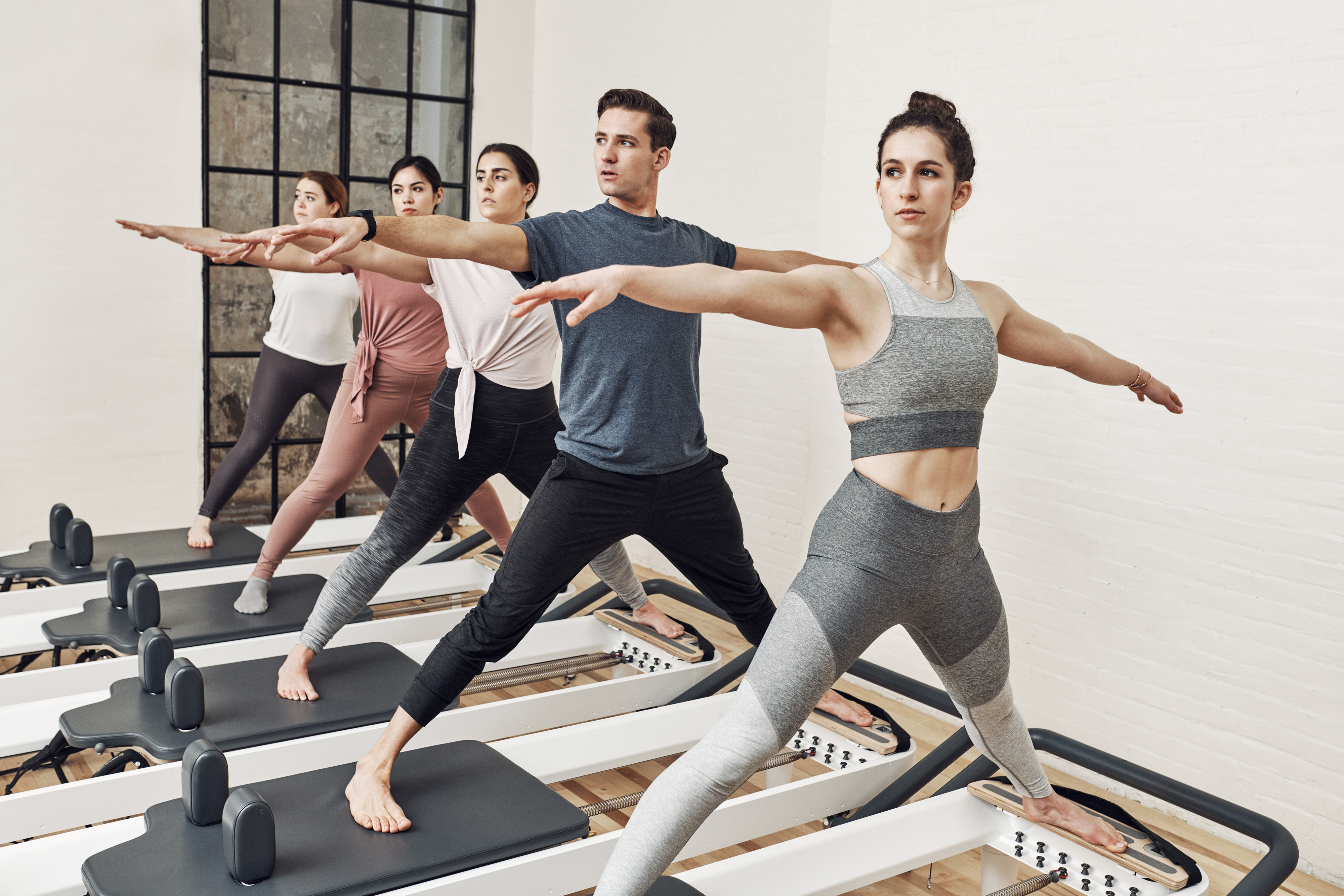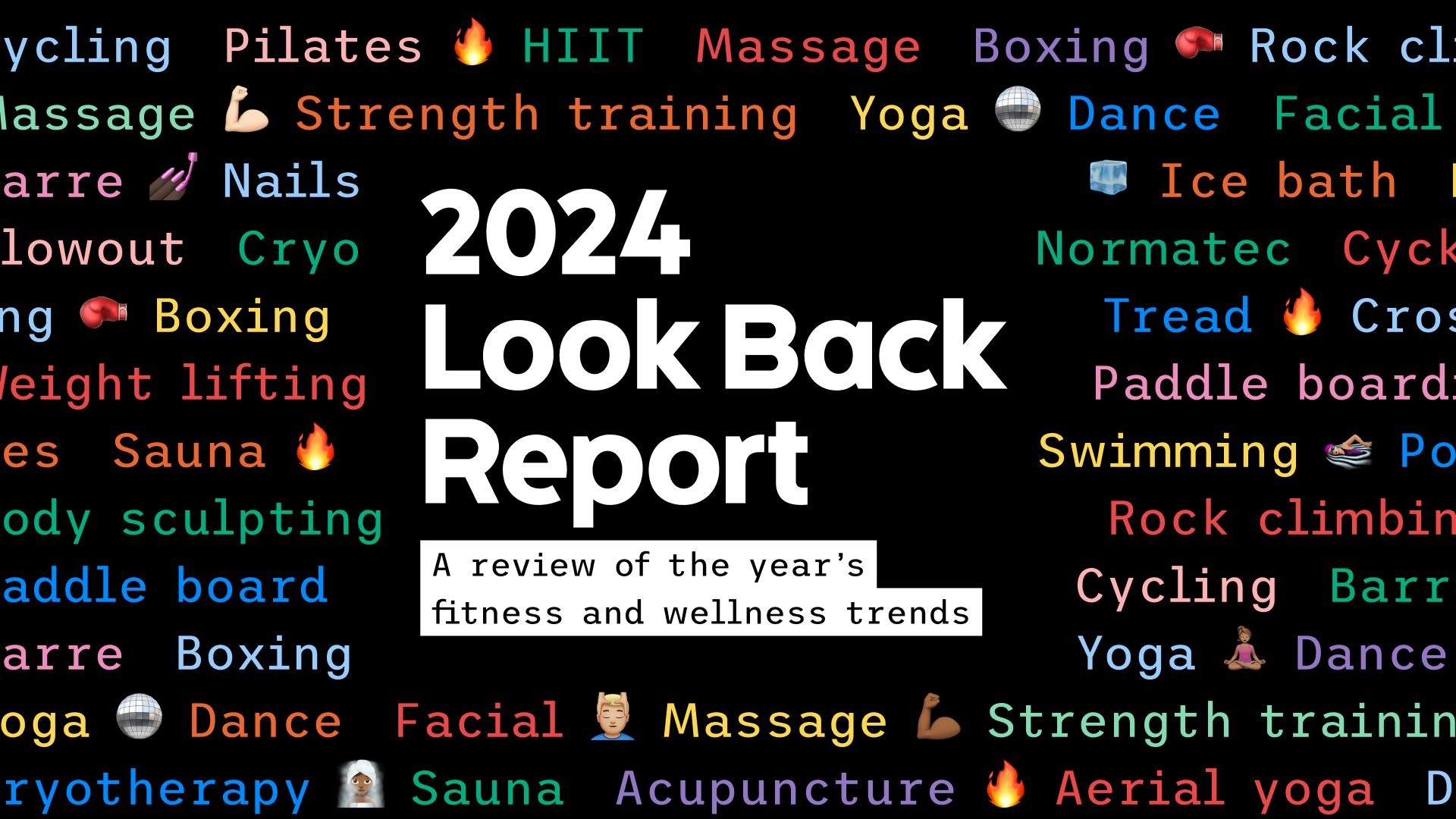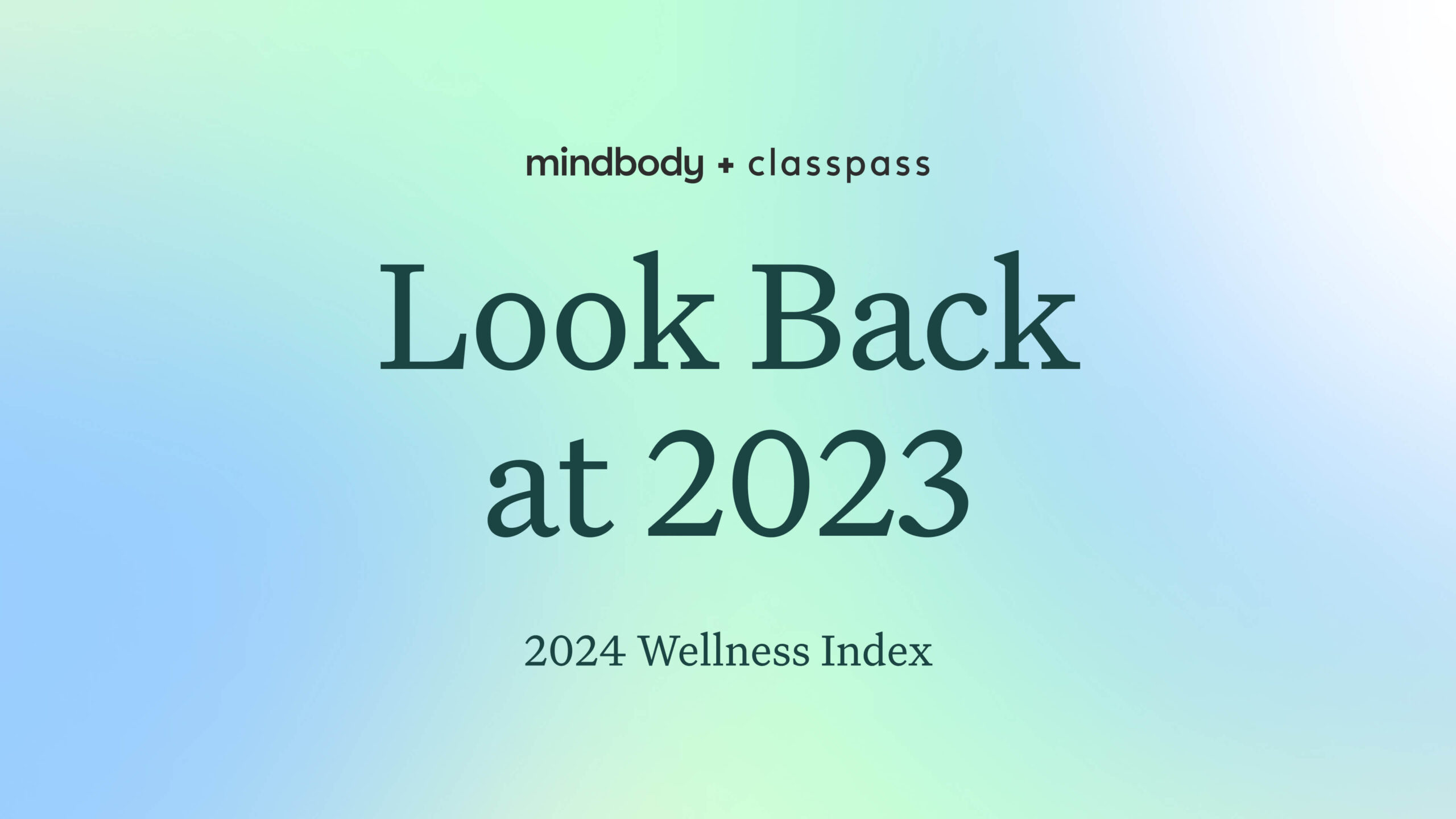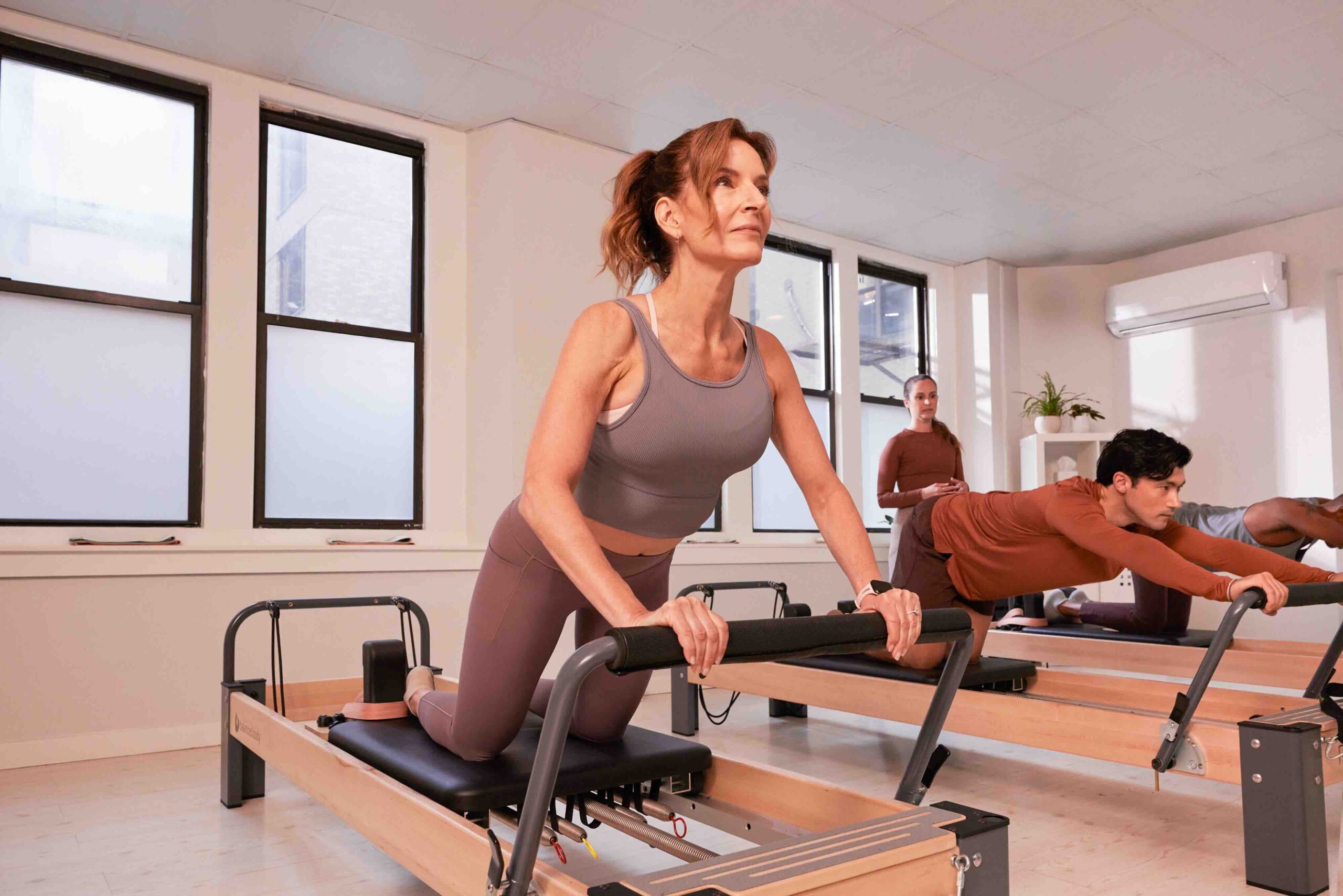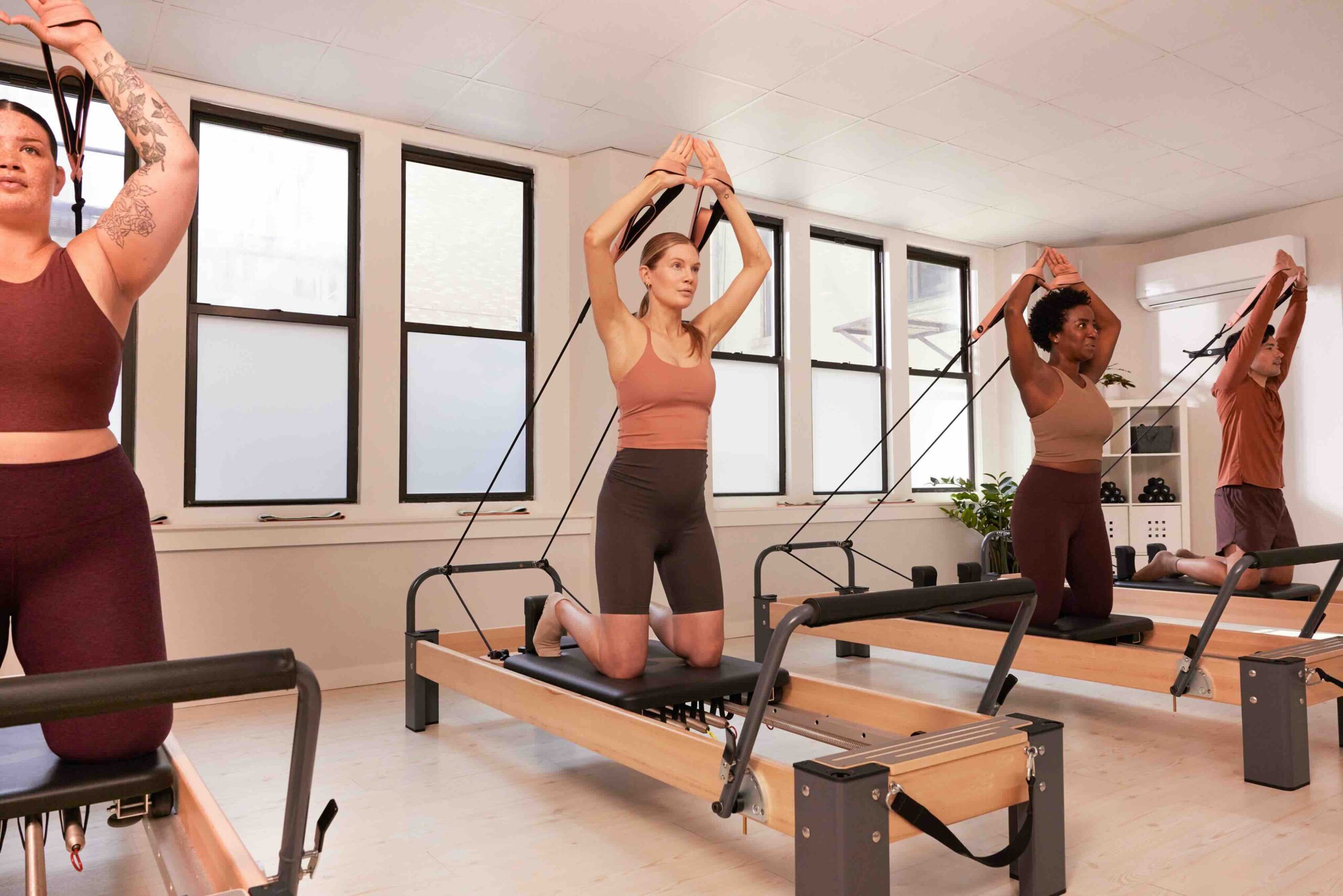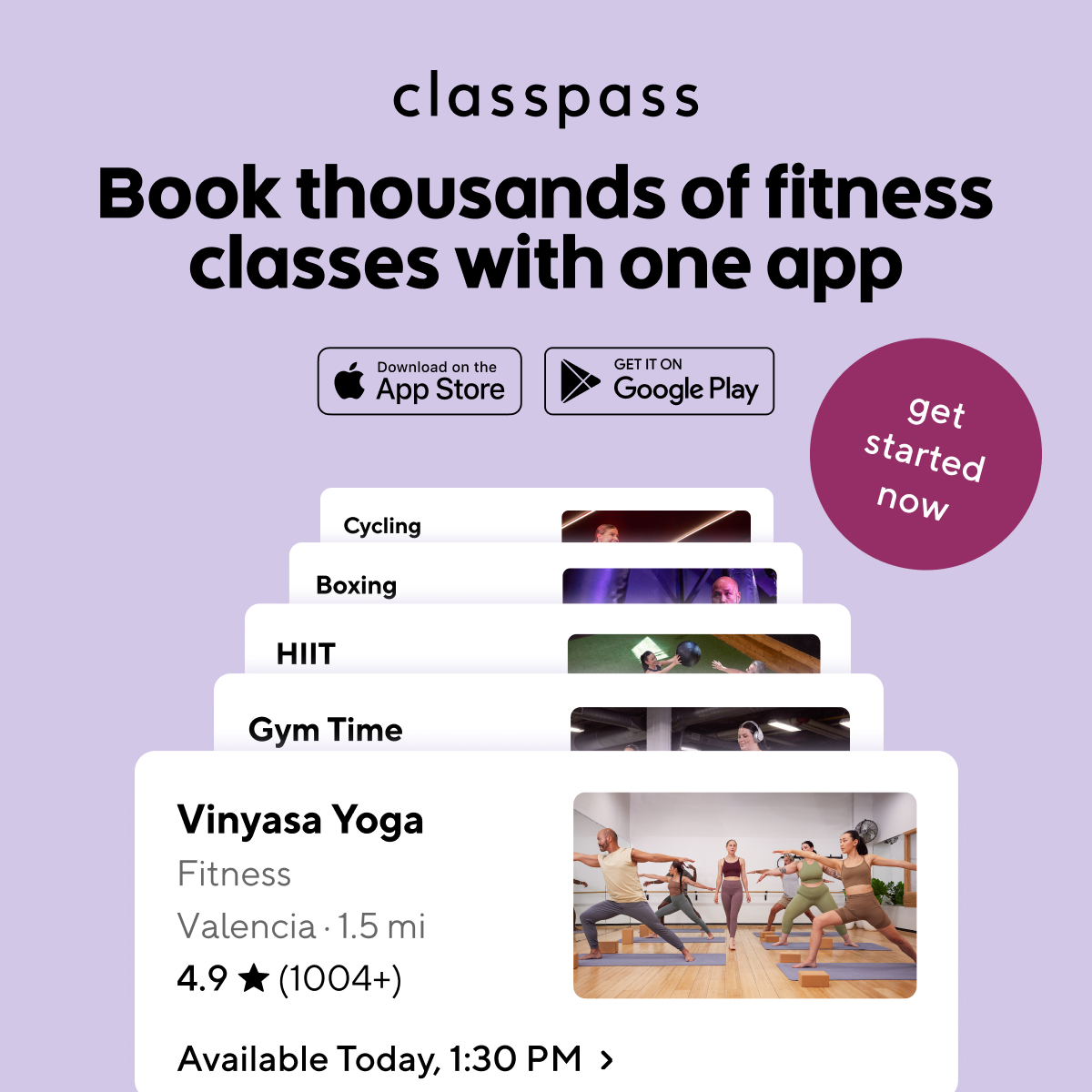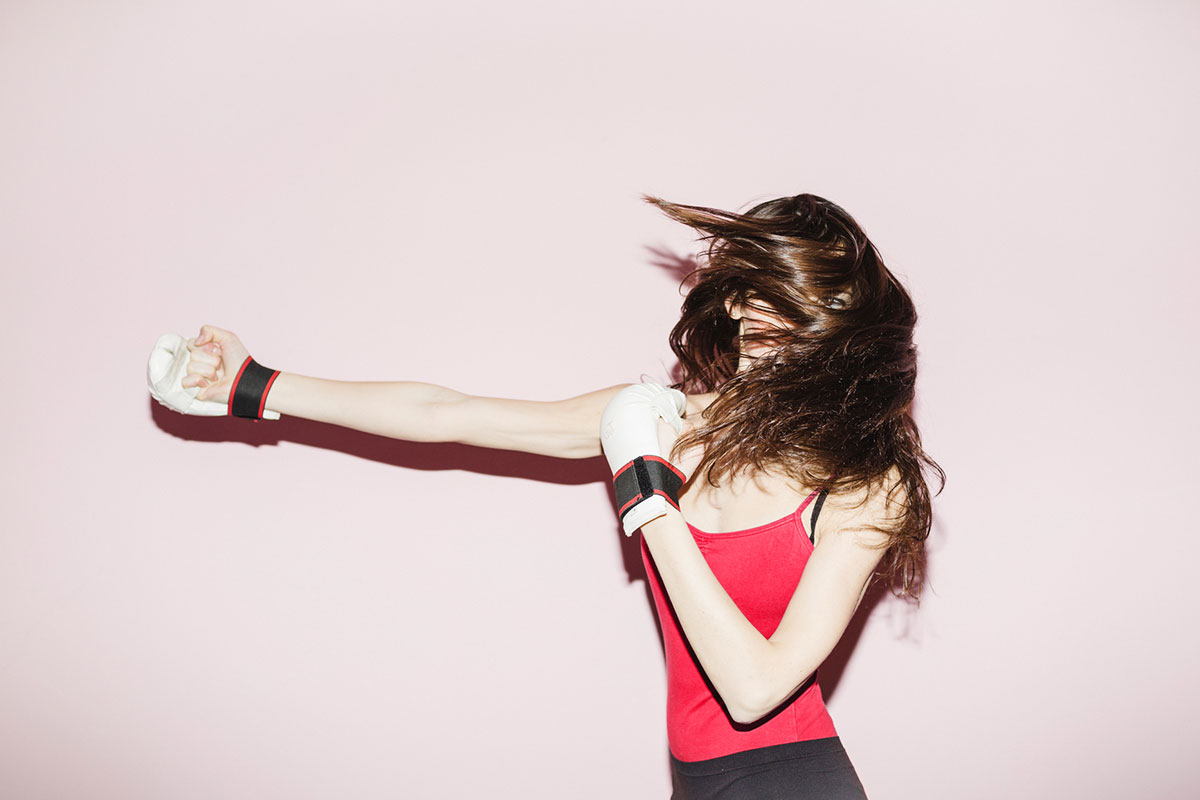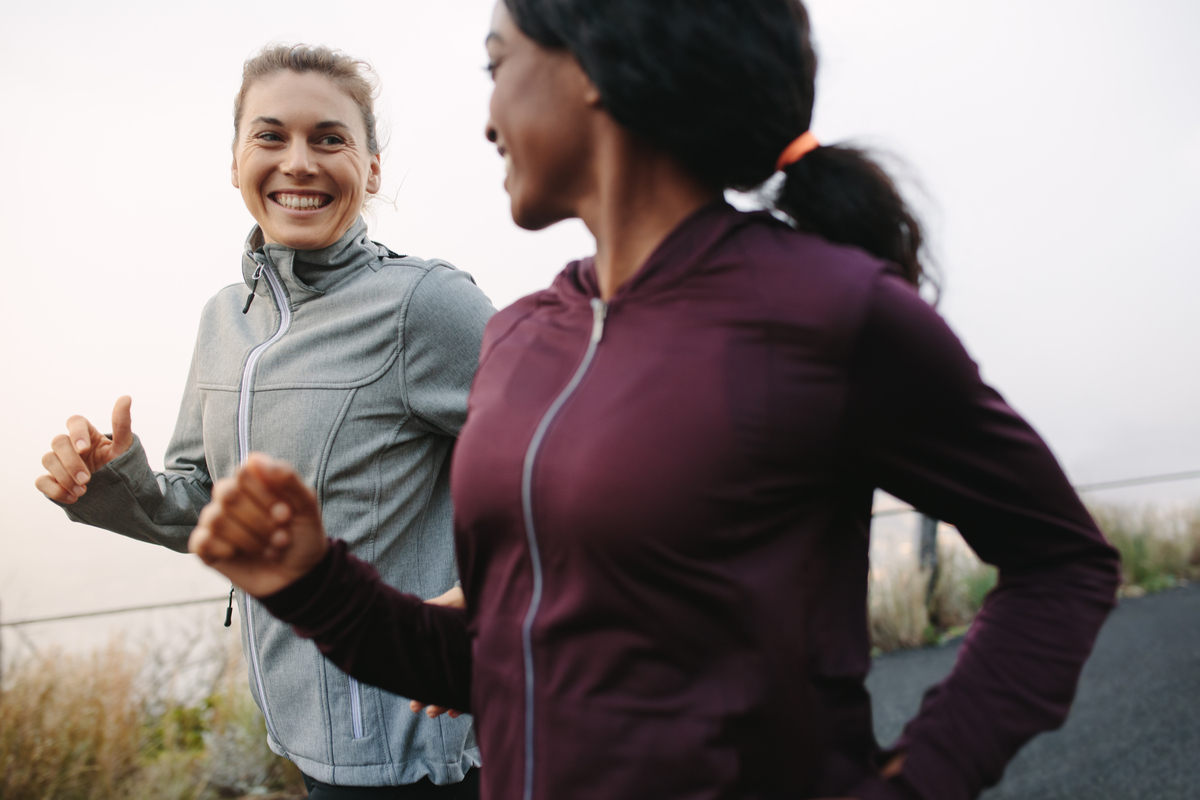Nothing reminds you of the importance of flexibility quite like a body full of stiff muscles. Unfortunately, with flexibility at the forefront of every movement, that reminder can hit you a little more often than you’d like.
People chase lifelong flexibility goals for several reasons, from your body’s overall functionality to creating muscle longevity.
You will move better. The more flexy you stay, the better you’ll be able to move decades down the road.
- It can give your body relief from pain. Stiff muscles will pull on joints and ligaments and cause significant discomfort. Keeping your muscles lengthened will minimize this type of damage.
- Flexibility minimizes injury. When you put tension on your muscles, you want them to lengthen, not snap. So staying flexible will help keep your movements pain and injury-free.
- To be flexible is to be forever young. The best way to chase the fountain of youth is through flexibility. From a killer golf swing to a perfect freestyle, a solid range of motion is the key to getting and staying active as you age.
- It can help you let go of both physical and mental tension. Stress can impact your body as much as it does your mind. Spending some time working out stress kinks improves your flexibility and mindset simultaneously.
How a Pilates practice can improve your flexibility
Looking for a new way to counteract rigid muscles and build a stronger foundation of flexibility? Pilates is a great place to start. From strengthening essential core muscles to creating a greater range of motion, Pilates is a gateway into a stronger, leaner, bendier body.
Here is everything you need to know about how Pilates builds flexibility!
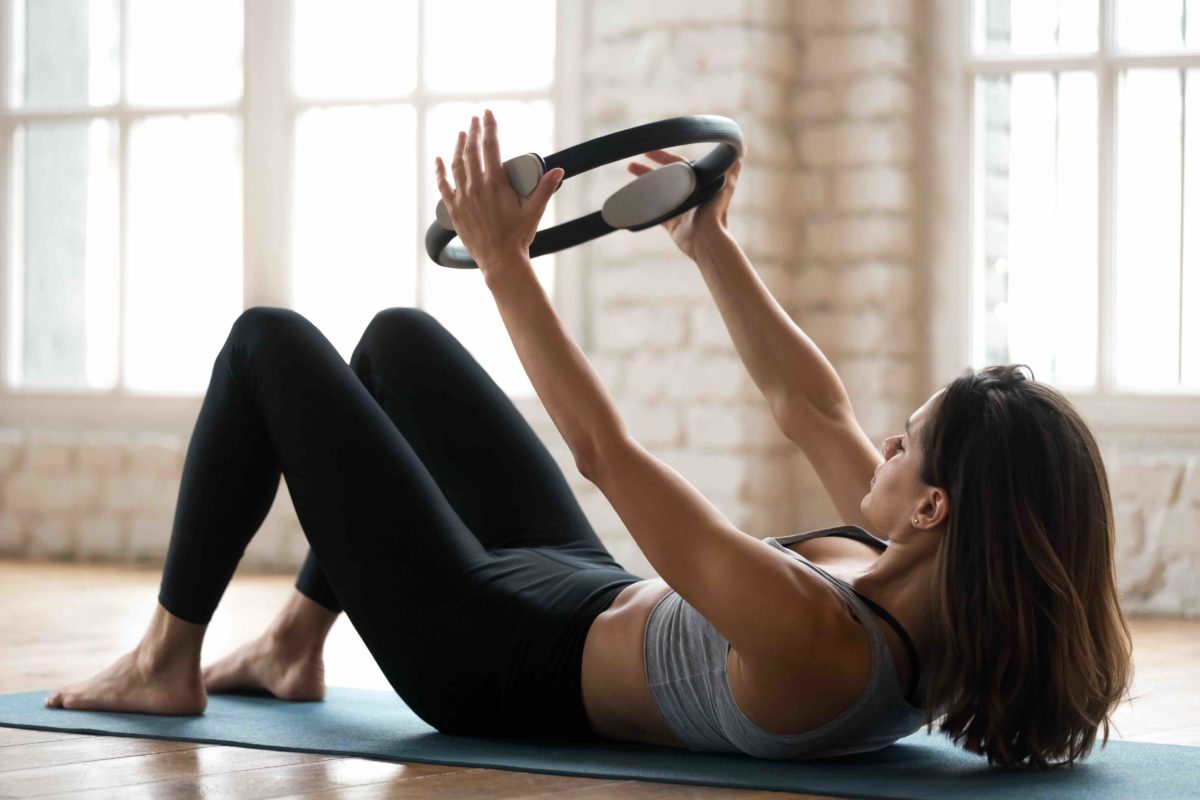
Types of Pilates
Developed nearly 100 years ago, this workout developed by Joseph Pilates was initially coined Contrology. The goal of Pilates was to give dancers a regime that supports injury recovery and balances muscle usage. However, it didn’t take long to realize that non-dancers could benefit from this exercise by engaging underutilized muscles and strengthening the core.
Pilates is based on three principles: Breathwork, whole-body health and whole-body commitment. Intending to connect body and mind, people love Pilates as a mind-calming yet muscle-strengthening workout.
Reformer Pilates
The traditional practice of Pilates utilizes a reformer to help strengthen, lengthen and engage limbs during the workout. While there have been tweaks to the original reformer used in the first Pilates gym, this tool has stayed largely true to its original form. This tool looks like a bed with springs, ropes and pulleys and offers many options for strengthening movements.
Reminiscent of a low table with springs, people practicing Pilates will use this tool to create tension against muscles while practicing pilates movements.
Mat Pilates
For those that don’t have access to a reformer, Pilates can be practiced on a yoga mat. Mat pilates, just like reformer Pilates, usually focuses on greater core strength (which includes hips, pelvis and lower back). Mat pilates will leverage body weight to create a similar sensation of tension against engaged muscles.
When you think of the most basic way to achieve flexibility, stretching may come to mind. And standard stretching is great! But the dynamic and engaged stretching accompanying Pilates offers unique benefits that static stretching can’t match.
Flexibility in Pilates is built with two actions – stretching muscles and activating them in their stretched state. Pilates creates movement around stretches, so muscles are warm and engaged as you lengthen. This strategy allows you to stretch further with less chance of muscle pain or strain.
What are the best pilates exercises for flexibility?
The best pilates exercises for flexibility are the 100 series, the mermaid side stretch, the seal and the saw. These exercises can help improve your overall flexibility and core.
The One Hundred Series
This classic Pilates warmup is excellent for preparing your core for the stretching motions later in your practice.
- Lying on the mat, lift your legs, head and shoulders off the mat to enter a “bow” shape
- Start your rhythm breathing with four short inhales and four short exhales.
- Contracting the core and using rhythm breathing, pump your hands at your sides to create even more of a balance challenge.
Mermaid Side Stretch
Great side-body stretch and spinal twist
- Turn to the side of your mat, sitting on your glute with your knees and shins slightly stacked.
- Reach your arms to a “T” position.
- Place your hand on the ground, “tipping” your T and moving towards having your elbow on the floor.
- Stretch your raised hand overhead and lift the lower side body into a gentle arc.
- Come back to the seated position and create a counter stretch by wrapping your hand around your knee and lifting the opposite hand overhead.
- Repeat multiple times.
Seal
Great for engaging abs, massaging the spine and feeling an inner thigh stretch.
- Sitting with bent legs, place your hands under your ankles.
- Engage your core to float your feel.
- Inhale to control roll onto your back, and clap your feet 3 times in this position.
- Exhale to come forward and clap your feet 3 times in this position.
Saw
Great for stretching your back and hamstrings and a great spinal twist.
- Sit on sit bones with a neutral spine and legs shoulder width apart
- Take your arms out to the side with palms facing forward
- With an inhale, rotate to one side
- With your exhale, press forward, “sawing” your hand through the middle of your legs.
- Repeat multiple times on each side.
Pilates vs. yoga for flexibility
Yoga for flexibility is also a fantastic way to build lean, lengthened muscles. But, some differences between the two practices may make you choose one over the other.
Pilates
- Centered around entering a position and challenging your core through arm and leg movements
- Traditionally used for injury recovery
- Includes tools that deepen muscle engagement while in stretches
- It tends to be slower-paced
- Includes an intense focus on overall core strength
Yoga
- Centered around holding poses or flowing through repetitive movements
- Traditionally used for injury prevention
- Uses body weight primarily to engage in muscle stretches
- Includes a range of styles that span from slow and controlled to fast-paced and flowy
- Includes a full-body focus
Start your journey building flexibility through Pilates
Regular Pilates classes Will welcome you into a bendier, flexier body. We promise you’ll leave class with a new respect for your strong core!
Need help finding excellent Pilates studios in your area? Check out all of the classes at your fingertips with ClassPass.
3 Comments
-
We love Pilates. Great Read!
-
keep sharing!!
-
Thanks for info.
